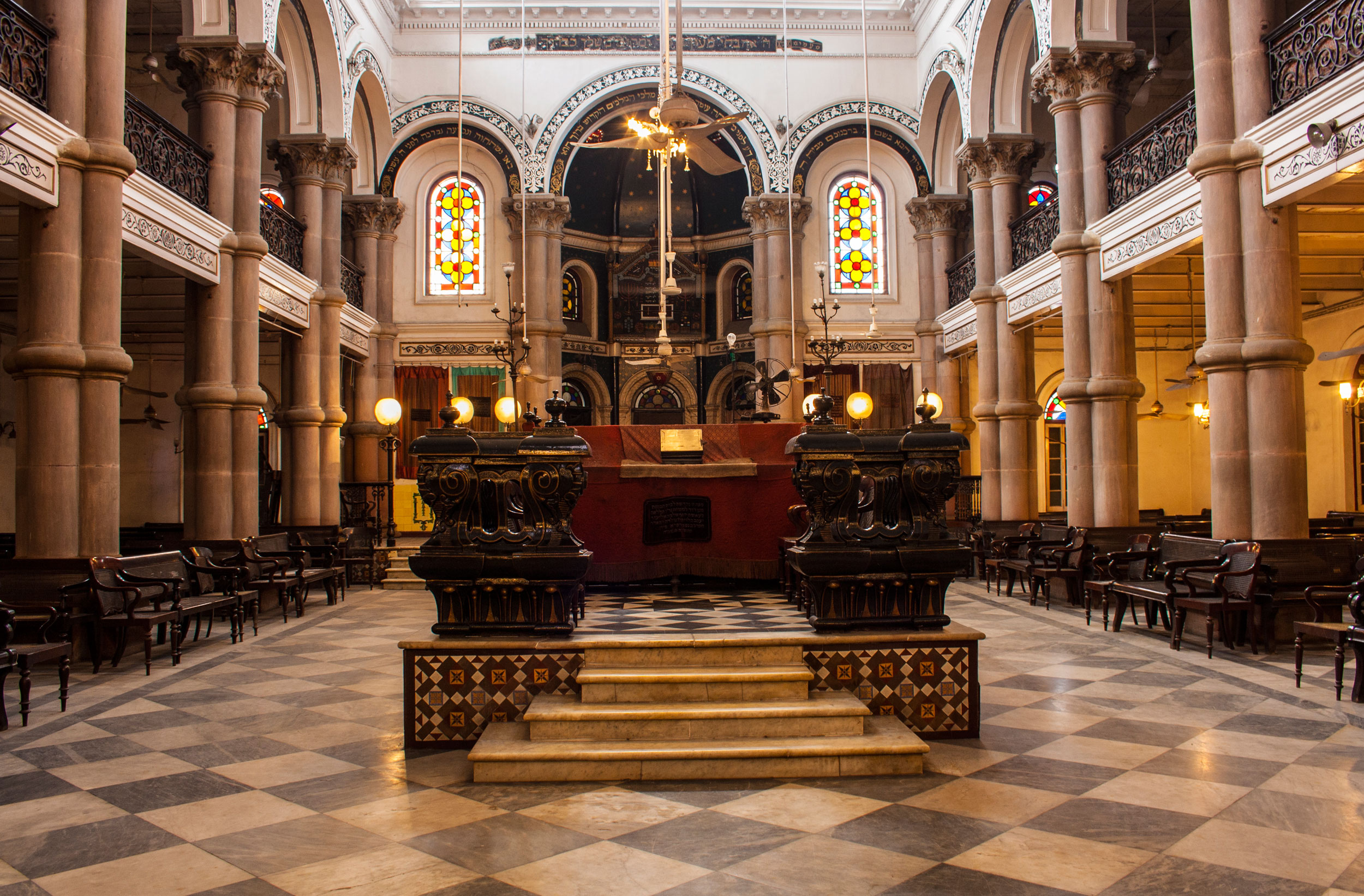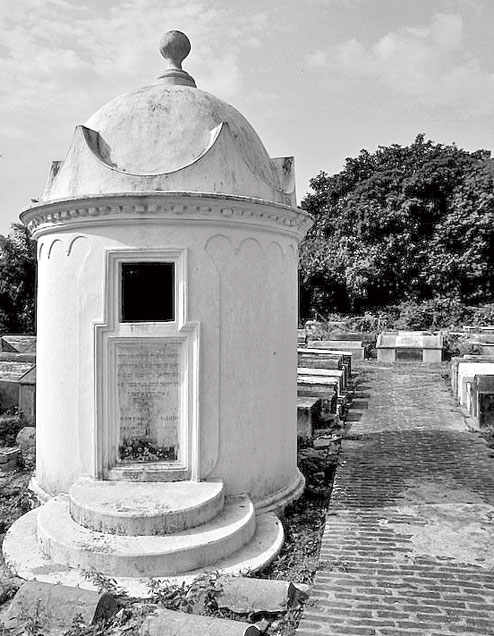Although there are less than twenty or so Jewish people in Calcutta, there are three synagogues. The Neveh Shalome, the Beth El and the Magen David exist rather close to one another in what was once central Calcutta, home to many communities who came to the city in the 18th and 19th centuries. These three renovated synagogues, especially the Magen David — the largest and most ornate synagogue in Asia — are increasingly on the sightseeing map.
The fact that the three synagogues have been looked after by generations of Muslim caretakers has been a revelation for visitors and the media, which, in our increasingly polarized world, pit Jews and Muslims as opposing communities. Yet, Jews, including the Baghdadi Jews of Calcutta who came from several countries of the Middle East, spoke Arabic and wrote it in the Hebrew script. They were well versed and comfortable with Muslim culture and shared many customs and traditions.
To the outsider, the synagogues are appreciated for their architecture. Yet they tell the story of the community — its origins, rise and decline. When the first Jewish settlers came to Calcutta from Syria in 1790s, they sought a place to pray and rented a hall from an Armenian. A house was purchased; it became the Neveh Shalome in 1826. It was demolished in 1884 to give way to the magnificent Magen David. When the Neveh Shalome was rebuilt, in keeping with the lines of the old synagogue, it was kept simple. It is typically Middle Eastern with a few Western architectural flourishes. As the Jews prospered through trade across Asia, and the community expanded rapidly a larger synagogue, the Beth El, built by Joseph Ezra and Ezekiel Judah in 1855-56. It imbibed many Western motifs including the large blue, white and red flowered patterned stained glass window above the entrance. The wine cellar has many large clay amphorae, sienna brown and ochre patterned, hailing from China. Kosher red wine was made locally in Calcutta till the early 1970s, when Isaac Agha Baba passed away. He was the only one who knew how to make the wine and ensured it was kosher.
Sir David Ezra built the Magen David in 1884 in memory of his father. Designed by a Christian and replete with a steeple and a large clock with six bells, it is in the Italian Renaissance style. It boasts soaring ceilings, sturdy, pinkish-hued Mirzapur stone pillars with their pediments imported from London. The high blue and white floral decorated arches with psalms in Hebrew lettering are imposing.
Today there are only four Torah scrolls, sefer torahs, left in Calcutta. Each scroll, written on parchment, contains the Five Books of Moses. Dedicated scribes, especially trained to do so in Baghdad, write each by hand. The scrolls are then encased in wood and placed in large elaborately patterned silver cases weighing over 10 or 15 kilogrammes each. The Jewish community was so wealthy that at one time each synagogue housed dozens of sefer torahs. The synagogues are run on Jewish trust funds as the community was very philanthropic. It took good care of its own institutions as well as the needy of the community. These trust funds continue to maintain community institutions.
The fact that the synagogues are not used for services denotes the migration of the Jews from Calcutta. The last wedding held in the Magen David was in the early 1980s. Today, services are held when Jewish visitors from abroad attend the synagogue for special occasions or when they visit India to pray in synagogues across the country as part of Indian Jewish heritage tours.
With globalization, Israeli-Jewish businesses are increasingly investing in India. STAR-K, a large kosher certification company, is expanding its factories in the Northeast. It is planning to send a representative to live in Calcutta. The rabbi will conduct services; the synagogues will once again be open regularly for prayer. They capture a slice of Jewish Calcutta even though members of the once-thriving community have made their homes elsewhere.












